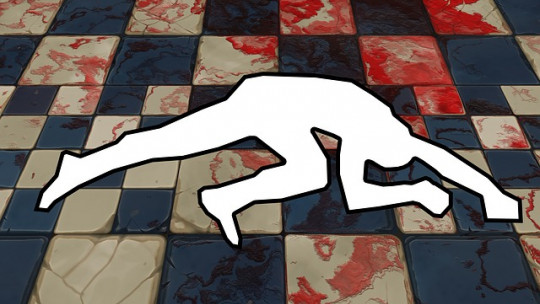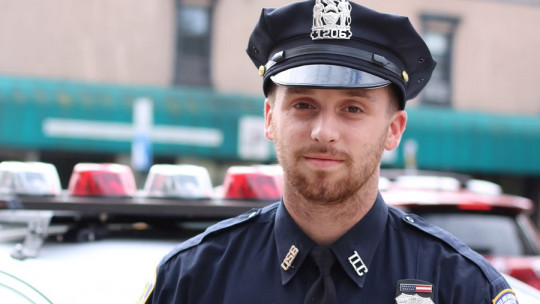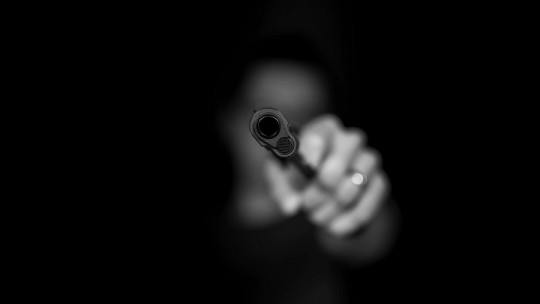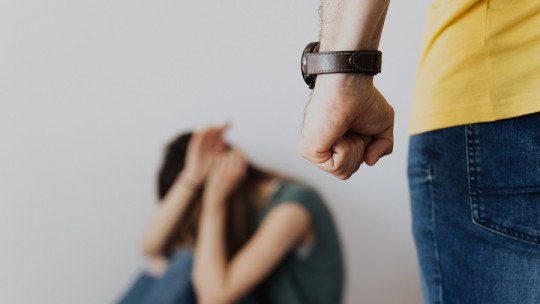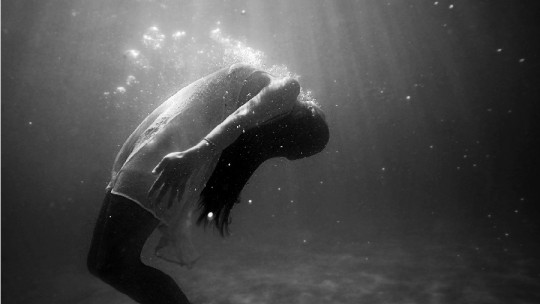Try to remember someone you know who has been assaulted on more than one occasion. Now, she tries to remember someone else who has never been robbed of his belongings on the street. Remember what they look like when they walk, how are they different? Who looks more confident in their walk? Who seems more powerful and who seems weaker?
Robberies, assaults… and how to prevent them with impressive body language
It is not unknown to us today the importance of our body language when communicating , because day by day, various theories about this are increasingly widely accepted by the scientific community. Like the fact that approximately 80% of our communication takes place through our gestures and expressions.
It is also through the latter that we can empathize and more easily express our emotions and feelings to others. But just as we can transmit a positive mood, we can also project: insecurity, fear, vulnerability and helplessness through our body language Today we will explain how this powerfully influences the process of victimization and victim dynamics (that is, how we become victims of a crime or an accident), especially if the last four characteristics mentioned above are projected. In addition to giving you some tips to improve our body language.
Modern interest in the victim and the experiment
Since the first works of Benjamin Mendelsson on the process of how one becomes a victim of an accident, attack or crime in the sixties, victimology (the discipline in charge of the study of victims) quickly became a source of interest for the sciences. social such as criminology, law and of course psychology.
This interest in how people go from being simple bystanders to those aggrieved by a crime led, in the 1980s, researchers Betty Grayson and Morris Stein to propose a simple experiment that showed a series of very particular results. The dynamic that Grayson and Stein carried out was the following: in a prison, a group of inmates (among whom were people who had robbed, raped and even murdered) were shown, individually, a series of videos whose content It was simply that of some passers-by walking normally down a New York street.
The only thing the prisoners had to tell the investigators was tell them which people among all those walking on the street they would choose as possible victims Investigators estimated that the time in which they decided on the possible victim was only seven seconds. When indicating their selections, the results were a little disconcerting since the choice made by each inmate was consistent, that is, even though each volunteer had watched the video separately, the inmates repeatedly chose the same victims.
Prisoners choose their victims by their (bad) body language
Another equally curious fact turned out to be that the selection of each one did not depend on race, age, size or physical constitution, since some women whose constitution seemed fragile went unnoticed in contrast to some tall and relatively strong men who were. chosen.
When the convicts were asked why such a choice was made, They responded that they didn’t know exactly why, they simply said that they saw themselves as easy targets And since none of the previous criteria was a reason for choosing a person, what determined whether a person became aggrieved or not? The researchers carried out a much more exhaustive analysis, reaching the following results.
Our body language indicates whether we are vulnerable or strong
It seems that much of the predator/prey selection process is unconscious and this is because the inmates were more guided by what the body language of the potential victims expressed.
Characteristics of vulnerable body language
The researchers found that the group of “victims” chosen in the video shared a series of characteristics with each other regarding their body language, highlighting the following points.
1. Step and rhythm
The “strides” that each victim took were in some way exaggerated, and could be abnormally long or extremely short. Sign of insecurity or distress. On the other hand, those who were not selected recorded normal “strides” in their walk. Regarding fluidity in walking, Natural selection taught predators to always look at the slowest in the pack As a general rule, a slow pace of walking, lacking intentionality or purpose, projects insecurity, fear and helplessness.
2. Discontent and indecision
Turning to look everywhere as if you were lost, doubtful glances and returning along the same path you had already taken were common characteristics among some of the selected victims. A person who is insecure in his walk is, for criminals, easier to subdue In the same way, if you stop to talk to strangers to ask for directions, criminals will think that you are a tourist or that you are in a neighborhood that is unknown to you, which will make you much more vulnerable.
3. Luxury items
Criminologists point out that criminals live under a distorted scheme of values in which society is seen as an unjust system in which only a few can enjoy privileges and luxuries, also experiencing anger against this society. Hence Publicly displaying your assets (for example, expensive watches, rings, gold bracelets, expensive cell phones, etc.) often rekindles this anger Many people who showed various assets in the video were frequently chosen as victims.
4. Torso and gaze
Another thing that the people chosen in the video by the inmates had in common was the position of their torso and the direction of their gaze. Frequently, people who walked with their heads down, with their shoulders drooping and inward, hunched over and with their gaze directed towards the floor, distracted or lost, were chosen. The gestures indicated above They are unmistakable signs of helplessness They strongly project weakness.
5. Totality
Last but not least, he stood out among the chosen victims who His gestures lacked symmetry and fullness in his movements His limbs moved as if they were separate or independent from the rest of his body. On the other hand, the “non-victims” enjoyed balance in relation to their movements.
How does this theory apply to crime prevention?
As we emphasized previously, much of the victim selection process is carried out unconsciously by criminals. Perhaps it is a characteristic inherited through millions of years of evolution to find the weakest in the pack at a glance. Like a wild animal, the human predator wants to make the minimum effort when hunting, he does not want difficult and dangerous work will look for whoever looks weaker, more submissive and who probably won’t fight.
Several practical tricks to improve body language
Our body language is largely unconscious, so modifying it is extremely difficult, but not impossible. Some signals and attitudes can help us emit more powerful and positive body language, which will make us less vulnerable to crime Below we make the following recommendations.
More tricks to improve body language
As you increase your confidence and feel better about yourself, the less likely you will be to be a victim of crime, since your body language will express well-being, power and confidence. Just as you gradually change your body language, you can choose to add the following gestures that can prevent you from becoming a victim:
- Raise your shoulders and keep them straight stick out your chest a little, this is a sign of power.
- Walk at firm, normal steps Neither too fast nor too slow. Not too long, not too short. Try to make them harmonious and not “robotic.”
- Maintain harmony in relation to your steps your arms and your gestures.
- If you don’t remember a street or doubt your way , go into a cafe or store to ask for directions. Avoid asking strangers for help and talking to them.
- Move your arms in a natural and balanced way regarding your steps.
- Don’t walk down the street with ostentatious jewelry Avoid talking on your cell phone, listening to music and appearing distracted.
- Grayson, B. and Stein, M.I. (1981), Attracting Assault: Victims’Nonverbal Cues. Journal of Communication, 31: 68–75. doi: 10.1111/j.1460-2466.1981.tb01206.

